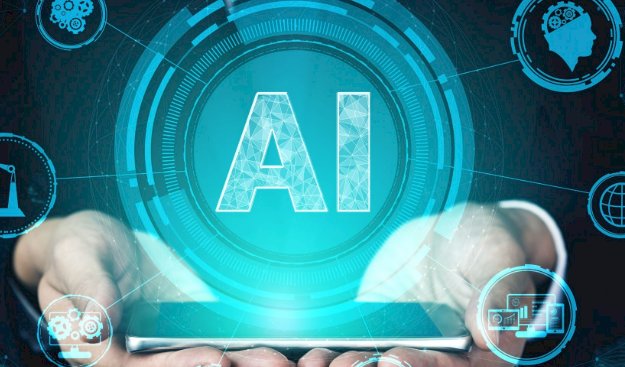AI Transcription Tech Helps Overcome Language Barriers in Education

In today’s increasingly globalized world, classrooms have become melting pots of diverse languages and cultures. As educational institutions welcome students from different linguistic backgrounds, the challenge of language barriers in learning has come to the forefront. Fortunately, Artificial Intelligence (AI) has stepped in with powerful tools that are transforming the way students and educators communicate. One such breakthrough is AI-powered transcription technology, which is proving to be a game-changer in bridging language gaps in education.
Breaking the Language Wall
Language differences often hinder non-native speakers from fully understanding lectures, engaging in discussions, or accessing learning resources. AI transcription tools, such as real-time captioning and automatic subtitling, offer instant translations and transcriptions of spoken content. This enables students to follow along in their preferred language, helping them grasp complex concepts more easily.
For instance, a student from China attending a university in the U.S. can now access real-time English lectures transcribed and translated into Mandarin. This not only enhances comprehension but also builds confidence in participating actively in class.
Enhancing Accessibility and Inclusion
AI transcription technology doesn't just help international students—it also supports learners with hearing impairments, dyslexia, and other learning challenges. Real-time captions, note summaries, and multilingual subtitles ensure that no student is left behind due to communication barriers. The inclusive nature of this technology helps create equitable learning environments where every student can thrive.
Transforming Teaching and Learning
Educators are also reaping the benefits of AI transcription tools. They can create multilingual course materials, provide accurate lecture notes, and analyze student queries to improve their teaching strategies. Platforms like Otter.ai, Google Meet, and Microsoft Teams now come with built-in transcription features that are reshaping remote and hybrid classrooms.
Moreover, recorded lectures with AI-generated captions are becoming valuable resources for revision and self-paced learning. Students can revisit lessons anytime, with the support of accurate, translated transcripts.
Challenges and the Road Ahead
Despite its promise, AI transcription tech still faces challenges. Accents, background noise, and subject-specific jargon can affect accuracy. Moreover, the need for better context understanding in translations remains a work in progress.
However, with continuous advancements in Natural Language Processing (NLP) and Machine Learning, these systems are becoming smarter and more adaptive. Future developments may include personalized AI tutors that interact in a student’s native language or even real-time multilingual group discussions without a human interpreter.
Conclusion
AI transcription technology is revolutionizing education by making it more accessible, inclusive, and language-neutral. As this technology evolves, it holds the potential to redefine the learning experience for millions of students across the globe. By removing language as a barrier, AI is not just enhancing education—it is empowering minds without borders.
















